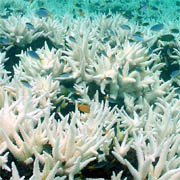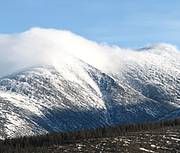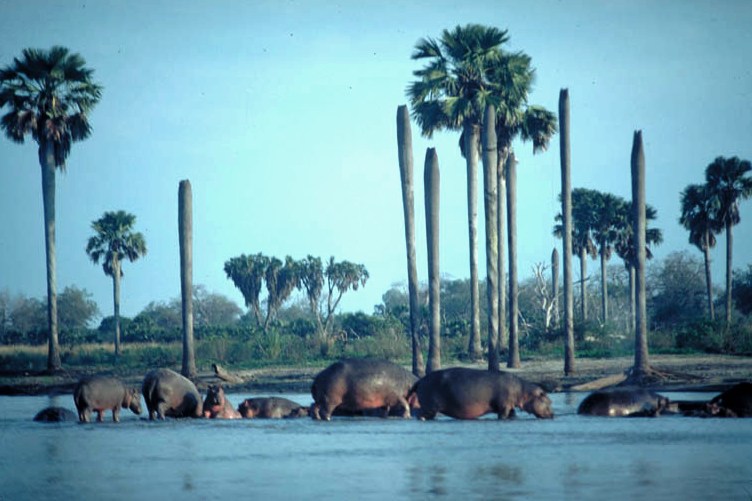Action is needed to preserve the world’s most inspiring natural sites
IUCN recommends taking action to tackle major threats to natural sites ahead of the 37th World Heritage Committee this June, including the Great Barrier Reef in Australia and the Selous Game Reserve in Tanzania.
Often described as the greatest marine World Heritage area on Earth, the Great Barrier Reef in Australia is now facing a number of threats to its outstanding universal value, including from coastal development and declining water quality. Unless urgent action is taken to increase protection of the reef, this iconic marine site may be inscribed on the List of World Heritage in Danger in 2014.
Tanzania’s Selous Game Reserve, one of the largest remaining wilderness areas in Africa, could also enter the Danger List in 2014 if a planned dam project threatening the site’s values and ecosystem goes ahead. IUCN is welcoming initial steps to overcome elephant poaching, but also expresses deep concerns over lack of action on Government commitments made last year to contain uranium mining adjacent to the site.
IUCN is recommending three natural World Heritage Sites to be inscribed on the List of World Heritage in Danger in 2013, including East Rennell in the Solomon Islands, and the Virgin Komi Forests in Russia.
In total, IUCN has conducted over 50 state-of-conservation reports to provide advice to the UNESCO World Heritage Committee held in Phnom Penh, Cambodia, from 16-27 June 2013. Many of these have already been published online and a further 26 will be released later this week (around 17 May). The second batch of reports includes the Virunga National Park in the Democratic Republic of the Congo and the world renowned Ha Long Bay in Viet Nam.
IUCN is recommending five new natural sites for inscription on the World Heritage List. These include the Namib Sand Sea, long identified as one of the main gaps on the List, the well-known Mount Etna in Sicily, Italy, and Tajik National Park, one of the most tectonically-active areas in the world located in Tajikistan.
About IUCN’s World Heritage Programme
IUCN is the advisory body to UNESCO’s World Heritage Committee on nature. Working closely with the its World Commission on Protected Areas (WCPA), IUCN’s World Heritage Programme evaluates sites nominated to the World Heritage List, monitors the conservation state of listed sites, promotes the Convention as a leading global conservation tool, and provides support, advice and training to site managers, governments, scientists and local communities.
About the List of World Heritage in Danger
Under the 1972 World Heritage Convention, the World Heritage Committee can inscribe sites under serious threat on the List of World Heritage in Danger. A constructive conservation tool, which mobilizes the international community to support national efforts, the ‘danger’ list is a way to ensure and maintain credible standards for protecting the world’s natural and cultural treasures. Today, out of 217 natural and mixed sites, 17 are on the Danger List.







